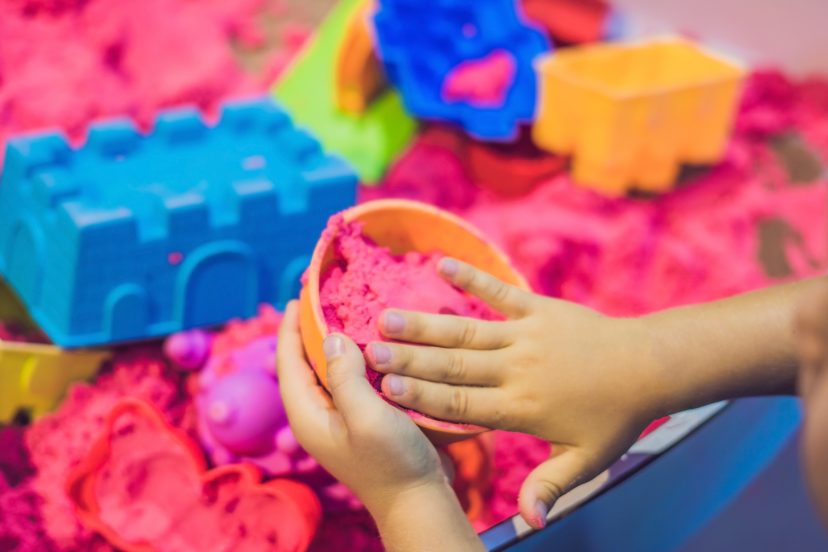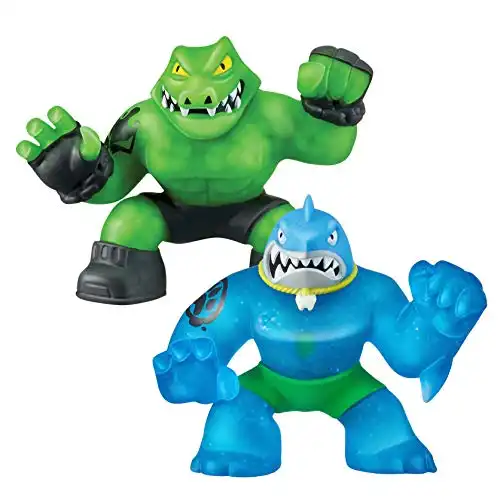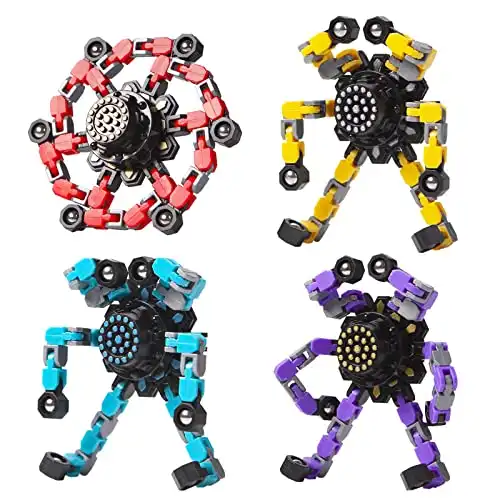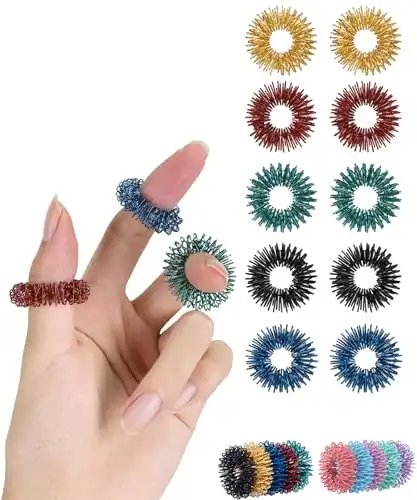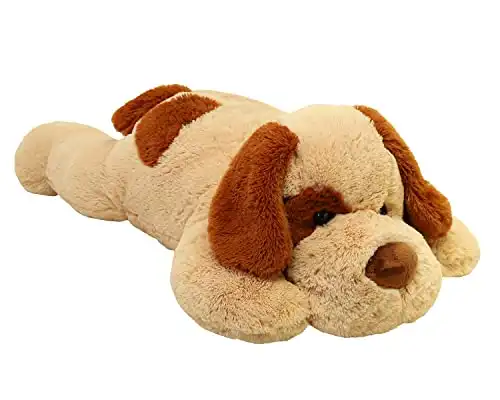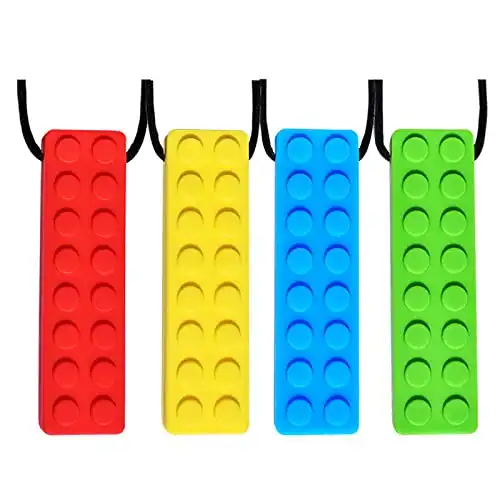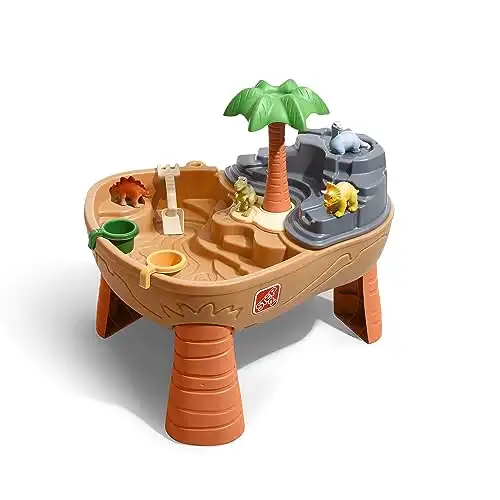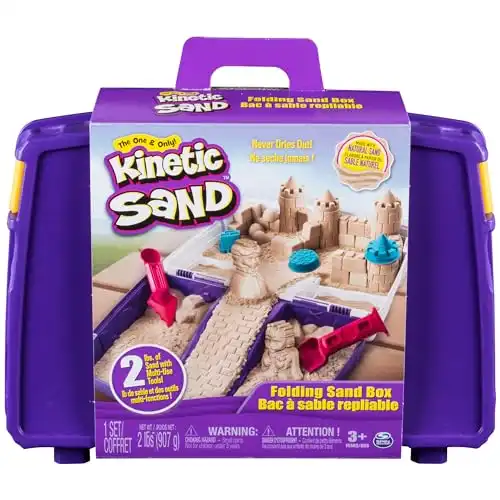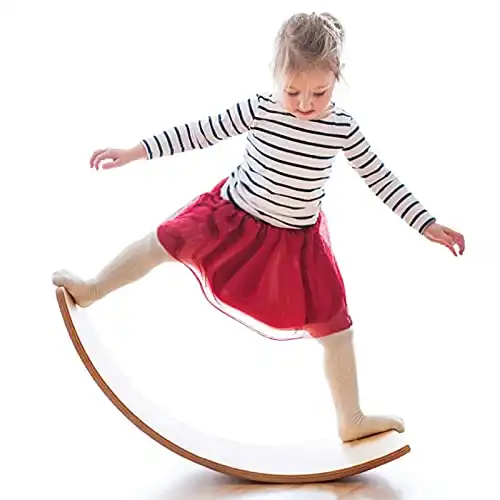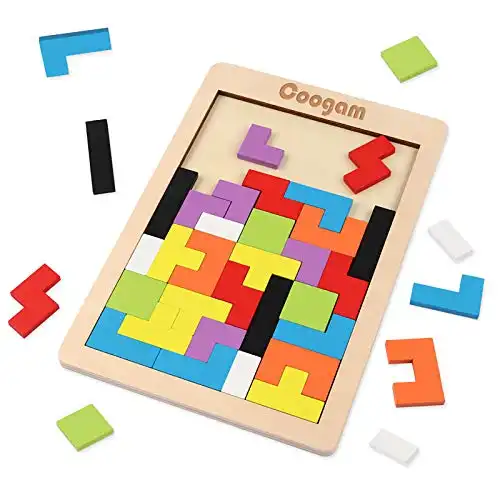Stress Toys For Kids: A Comprehensive Guide to Understanding and Managing Children’s Emotions
If you’re like me, you’ve noticed how the little ones in our lives sometimes seem to carry the weight of the world on their shoulders. It’s heartbreaking, isn’t it? But what if I told you there’s a simple, playful solution that could help? Enter the world of stress toys! These little gadgets aren’t just fun to play with; they’re gateways to emotional management for our kids. Let’s dive into how these stress relief toys can be a game-changer in helping children navigate their emotions and feelings.
Understanding Stress in Children
Understanding stress in children is crucial for parents, caregivers, and educators to effectively support their emotional and psychological well-being. Children, much like adults, experience stress, but their ability to manage and articulate their feelings can be limited due to their developmental stage. Recognizing stress and its sources, as well as identifying its manifestations in children, is the first step towards providing the appropriate support and interventions
The Science of Stress in Young Minds
Stress, at its core, is the body’s response to demands or threats. In children, these demands can come from various sources, including academic pressures, social dynamics, family issues, or significant life changes. When faced with stress, the body releases hormones such as cortisol and adrenaline, preparing the body for a ‘fight or flight’ response. While this response is natural, prolonged exposure to stress hormones can have detrimental effects on a child’s physical health, emotional well-being, and cognitive development.
Young brains, still in the developmental phase, are particularly sensitive to the effects of stress. Chronic stress can interfere with the development of brain architecture, especially in areas responsible for emotion regulation, decision-making, and memory. This underscores the importance of identifying and mitigating stressors in children’s lives as early as possible.
Identifying Signs of Stress in Children
Children may not always have the words to express how they feel when they’re stressed. Instead, stress can manifest in various behavioral, emotional, and physical symptoms. Recognizing these signs is vital for timely and effective intervention.
Behavioral Signs
- Changes in eating or sleeping patterns
- Increased irritability or moodiness
- Withdrawal from activities they previously enjoyed
- Regression to behaviors they had outgrown, such as bedwetting
- Increased clinginess or dependency on adults
- Difficulty concentrating or completing schoolwork
Emotional Signs
- Expressions of worry or anxiety about the future
- Frequent crying or emotional outbursts
- Expressions of hopelessness or excessive negativity
- Fear of making mistakes or reluctance to try new things
Physical Signs
- Complaints of stomachaches or headaches without a medical cause
- Changes in energy levels, either much more active or much less so than usual
- Signs of nervous behaviors, such as nail-biting, hair twirling, or fidgeting

Supporting Children Through Stress
Understanding that stress is a normal part of life and not all stress is harmful is crucial. Moderate, short-lived stress can teach children resilience and how to cope with life’s challenges. However, supportive relationships are the most potent buffer against the effects of stress and anxiety. Here are ways to support a child experiencing stress:
- Provide a Safe and Secure Environment: Ensure that children feel safe and loved. A stable environment and routine can significantly reduce stress.
- Listen and Validate Their Feelings: Encourage children to talk about their feelings. Listen actively and validate their emotions, showing them it’s okay to feel stressed or anxious.
- Teach Coping Strategies: Help children develop healthy coping mechanisms, such as deep breathing, mindfulness, or using stress toys as mentioned earlier.
- Model Stress Management: Children learn by example. Demonstrating healthy stress management strategies in your own life can teach children how to handle their emotions.
- Seek Professional Help if Needed: If a child’s stress seems overwhelming and persistent, seeking the guidance of a pediatrician or child psychologist may be beneficial.
The Role of Stress Toys in Emotional Management
Stress toys, often seen as simple playthings, hold significant potential in the realm of emotional management for children. These toys serve multiple functions, from providing a physical outlet for stress to facilitating sensory stimulation that can soothe and calm. Understanding how these toys work can help parents and caregivers more effectively introduce them into children’s routines for managing emotions.
Types of Stress Toys and Their Benefits
Here are a list of some of the best and most common stress relief toys that can help your child with emotional regulation.
Squishy Toys
Squishy stress toys, made from soft, malleable materials, can be squeezed, stretched, and manipulated. This physical action can be immensely satisfying and helps release tension.
For children, the act of squeezing a squishy toy can mirror the release of emotional stress, providing a tangible way to ‘let go’ of worries and fears. If this can be combined with play like these Heroes of Goo Jit Zu then all the better
Fidget Spinners
Fidget spinners, with their spinning motion, captivate attention and can have a mesmerizing effect.
The repetitive action of spinning the toy can help focus a child’s mind, reducing feelings of stress by channeling their energy into the movement.
These Transformable Fidget Spinners are very helpful for children with energetic, obsessive-compulsive disorder, ADHD, autism and adults with high stress and anxiety
Sensory Rings
Sensory rings are designed to provide tactile stimulation through textures and movement around the fingers. This subtle, yet constant, sensory input can help regulate the nervous system, reducing the physiological symptoms of anxiety.
Weighted Toys
Weighted stuffed animals or dolls provide a sense of security and comfort, mimicking the feeling of a hug, which can be calming for children.
Chewelry
These are chewable jewelry items, such as necklaces and bracelets, designed for kids who find oral sensory input calming and focusing.
Sand and Water Tables
Playing with sand or water can be incredibly soothing for children, offering tactile sensory play that helps reduce stress.
This Step2 Dino Dig Sand and Water Table comes with a 7-piece dino accessory set with easy to grasp dinosaurs which help support fine motor skills. The volcano doubles as toy storage and a cover for sand.
Kinetic Sand
This moldable sand holds its shape and provides a satisfying sensory experience, aiding in stress relief and creative play.
Kinetic Sand feels cool to the touch – just like wet sand, without the mess! This magic sand never dries out and sticks to itself for easy clean up!
Balance Boards
Using a balance board can help children focus their energy and concentration, reducing feelings of anxiety through physical activity. See our other article on Balance Toys For Kids for some other great options.
Puzzle Toys
Puzzles and brain teasers can be excellent toys for stress relief, helping to divert a child’s mind from stressors, providing a sense of accomplishment upon completion.
Art Supplies
Drawing, coloring, and painting are excellent ways for children to express themselves and manage stress through creativity.
How Stress Toys Work
Distraction and Focus: Stress relief toys can act as a distraction, breaking the cycle of stressful thoughts by shifting the child’s focus to a physical activity. This distraction is not about avoidance but serves as a brief break for their mind, allowing them to return to their concerns with a fresher perspective or sometimes even forget what was bothering them as they become absorbed in the activity.
Sensory Input and Reduction of Anxiety: Many toys for stress relief provide sensory input, which is crucial for children who may be sensory seekers or have sensory processing issues. The tactile, visual, or auditory feedback from the toy can help ground them in the present moment, pulling their attention away from stressors and towards the sensory experience, thereby reducing anxiety levels.
Physical Activity and Stress Relief: Engaging in physical activity, even on a small scale like squeezing a toy, can stimulate the release of endorphins, the body’s natural stress relievers. This can lead to a reduction in perceived stress levels, promoting a sense of calm and well-being.
Practical Tips for Introducing Stress Toys to Children
Selecting the Right Stress Toy
- Consider the Child’s Interests: Choose toys that align with the child’s interests to increase the likelihood of them being used. For example, if a child likes animals, a squishy toy in the shape of their favorite animal might be appealing.
- Age Appropriateness: Ensure the toy is suitable for the child’s age and development level. Toys should be engaging but not too complex to use.
- Sensory Preferences: Pay attention to the child’s sensory preferences. Some children might prefer smooth textures, while others might find joy in toys with bumps or ridges for tactile stimulation.
Guidelines for Use
- Educate About Their Purpose: Explain to the child how the stress toy can help them. Use simple terms like, “This can help you feel calmer when you’re upset or worried.”
- Set Boundaries: Discuss appropriate times and places to use the toy, such as during quiet time, in the car, or when feeling anxious, to avoid it becoming a distraction during other activities, like meals or classroom time.
- Model Their Use: Demonstrate how to use the toy effectively. For instance, show how squeezing a toy can be a way to release tension or how spinning a fidget spinner can help focus thoughts.
- Encourage Expression: Remind the child that while the toy can help manage feelings, talking about what’s bothering them is also important. Stress toys should complement, not replace, verbal expression of emotions.
Incorporating Stress Toys into Daily Life
Introducing stress toys to children and incorporating them into their daily lives can be a simple yet effective way to help them manage their emotions and stress. Here are practical tips and strategies for doing so effectively:
Integrating into Routines
- Homework Time: Place a stress toy on the desk or study area. It can serve as a break tool, allowing the child to manage frustration or regain focus.
- Travel Companion: Keep a stress toy in the car or bag for outings. It can be a soothing activity during transitions or in new environments.
- Social Settings: For children who feel anxious in social situations, having a discreet stress toy can provide a sense of security and a way to manage their anxiety.
- Bedtime Routine: Introduce a stress toy during the bedtime routine to help children wind down. This can be particularly helpful for kids who have trouble falling asleep due to anxiety or restlessness.
Creating a Stress Toy Toolkit
- Variety: Have a selection of stress toys available to address different needs or situations. This allows children to choose which toy feels most soothing at the moment.
- Accessibility: Keep stress toys in easily accessible places around the home, in the child’s backpack, or even in the pocket for quick access when needed.
- Rotation: Periodically rotate the toys to keep the child’s interest and make them feel new and engaging.
Encouraging Independence and Self-Regulation
- Self-Selection: Allow children to choose which stress toy they want to use at a given time. This encourages self-awareness of their emotional state and needs.
- Reflective Conversations: After using a stress toy, engage in a conversation about how it made them feel. Did it help? Would they like to try a different one next time? This reflection can help children become more attuned to their emotional regulation strategies.
- Empowerment: Reinforce the idea that using stress toys is a positive and proactive way to manage emotions. Praise their decision to use the toy when they felt the need, reinforcing their autonomy and self-care skills.
Closing Thoughts From Me
There you have it, folks; a sneak peek into the world of stress toys and their potential to help our kids manage their emotions. It’s about giving them the resources to express and understand their feelings in a healthy, constructive way. So, why not explore this avenue and see what a difference it can make? After all, a stress-free child is a happy child.
FAQ’s
Do stress toys really work for children? Yes, they can effectively help children manage anxiety and improve focus by providing a sensory outlet for their emotions.
At what age are stress relief toys most beneficial for children? Stress toys can be beneficial at any age, but they are especially useful for children aged 3 to 12, as they navigate early emotional and social development.
Can stress toys be used in educational settings like schools? Absolutely, many educators incorporate stress toys into classrooms to support focus and emotional regulation among students.
Are there specific stress toys recommended for children with ADHD or autism? Yes, sensory toys like fidget spinners, squishy balls, and textured rings are often recommended for children with ADHD or autism to help them self-regulate.
How often should a child use a stress toy to see benefits? Regular use during intense situations or when needing to focus can offer immediate stress relief, but the key is consistent, not constant, use.

